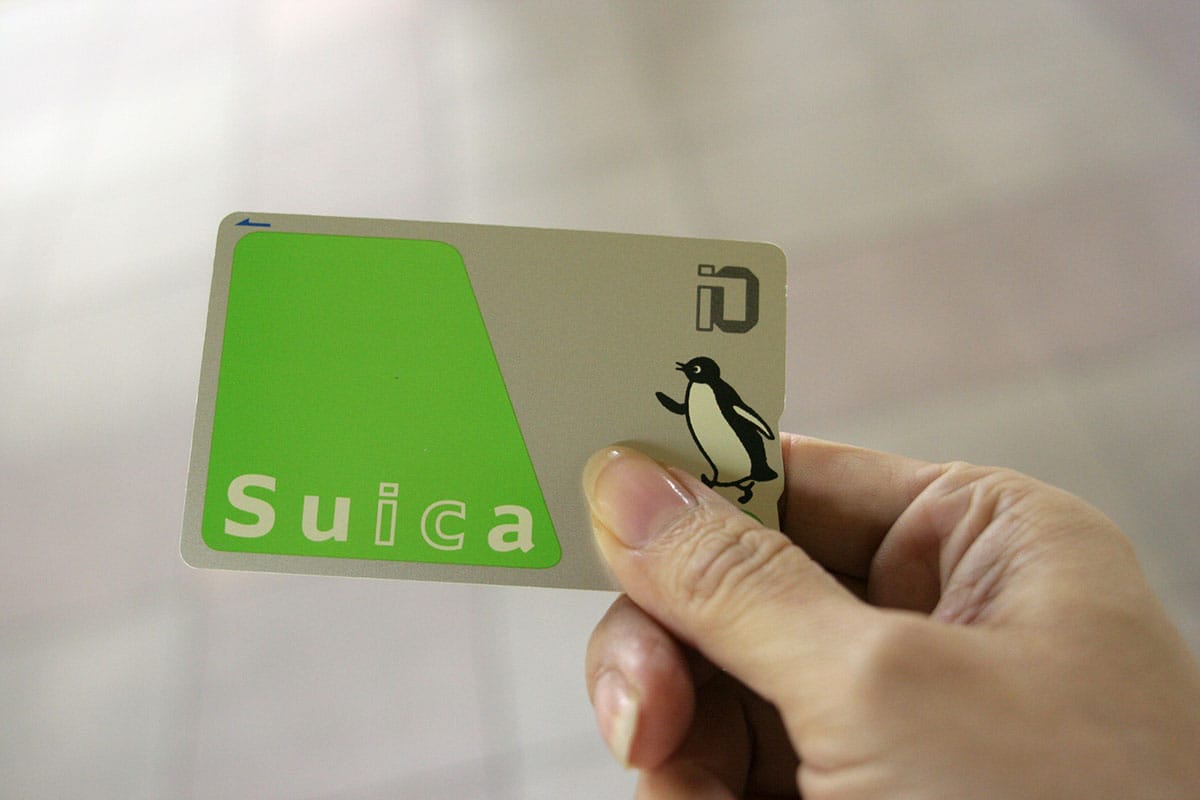Do most places in Japan accept Suica and is it easy to transfer money to it?
Suica is widely accepted across Japan for transit and purchases, but recharging usually requires cash at stations or convenience stores.

Do most places in Japan accept Suica and is it easy to transfer money to it?
From my experience traveling and living across Japan, having a Suica card is super convenient because you can use it almost everywhere—not just for trains and buses, but also at convenience stores, vending machines, some restaurants, and even some taxis. It’s kind of like your all-in-one payment card once you’re in Japan.
However, when it comes to adding money (charging) to your Suica, it’s not as seamless as you might hope if you’re trying to do it from abroad or directly from a bank account. You can use an app to charge your Suica with a credit card, and yes, it can convert your US dollars to Japanese yen automatically. But you can’t directly link your bank account to Suica for reloading. Most locals just top up their Suica the old-fashioned way—using cash at ticket machines in train stations or at convenience stores like 7-Eleven, which have ATM machines that let you charge your card.
Here are some common questions I get about Suica charging and usage:
Can I charge Suica with a credit card on my phone before arriving in Japan?
You can, but with some caveats. There’s an official Suica app for smartphones that supports charging via credit card, and it will convert your USD to yen. But this requires you to have a Japanese app store account and a compatible phone (usually an iPhone or certain Android models). Also, keep in mind this method mostly works for smartphones that support Mobile Suica, which means you don’t get a physical plastic card but a digital one on your phone.
If you’re just bringing a plastic Suica card (which is great for tourists), you’ll usually need to charge it in Japan using cash at stations or convenience stores.
What if I run out of money on my Suica late at night when stations are closed?
Good question! Many train stations in Japan have ticket machines that operate 24/7, so you can usually top up Suica any time. But if you’re somewhere rural or at a smaller station that closes, you might find it tricky.
In that case, convenience stores like 7-Eleven or Lawson are your best bet. They usually have ATMs where you can charge your Suica with cash pretty late into the night. Some stores even accept Suica for purchases, so you might be able to use cash to buy something small and reload your card there.
Do all stores accept Suica or are there places I still have to pay cash?
While Suica acceptance has expanded a lot, it’s not universal. Big cities like Tokyo and Osaka have tons of places that take it, from convenience stores to fast food and even some department stores.
But in smaller towns or traditional markets, cash is still king. Also, some restaurants and shops prefer cash, so it’s good to always carry a bit of yen just in case.
How much does it cost to buy and maintain a Suica card?
The plastic Suica card costs ¥500 (about $3.50 USD) as a deposit, which you get back if you return the card. There’s no monthly fee or maintenance charge.
You can load as little as ¥1,000 (~$7) initially, and recharge whenever you want. Since it’s prepaid, you don’t have to worry about overspending or bills later.
Can I use Suica outside the Tokyo area?
Yes! Suica works primarily in the Kanto region around Tokyo, but thanks to interoperability with other IC cards, you can use it in many other parts of Japan like Osaka (ICOCA card area), Nagoya (TOICA area), and even some places in Hokkaido and Kyushu.
That said, some rural lines or small buses still only accept cash, so it’s good to check ahead if you’re traveling far off the beaten path.
To sum up, Suica is a fantastic, everyday tool for getting around and making small purchases in Japan. Japanese people rely on it every day for commuting and quick shopping. But when it comes to charging money, the easiest way is still to use cash at stations or convenience stores. The app-based credit card charge options are improving but can be a bit complicated for tourists without a Japanese phone setup.
If you’re planning a trip, I’d recommend picking up a plastic Suica card at the airport or a major train station, loading it with some cash, and then topping it up as needed during your stay. It’s part of the real Japanese daily experience—just like locals do.



Comments ()